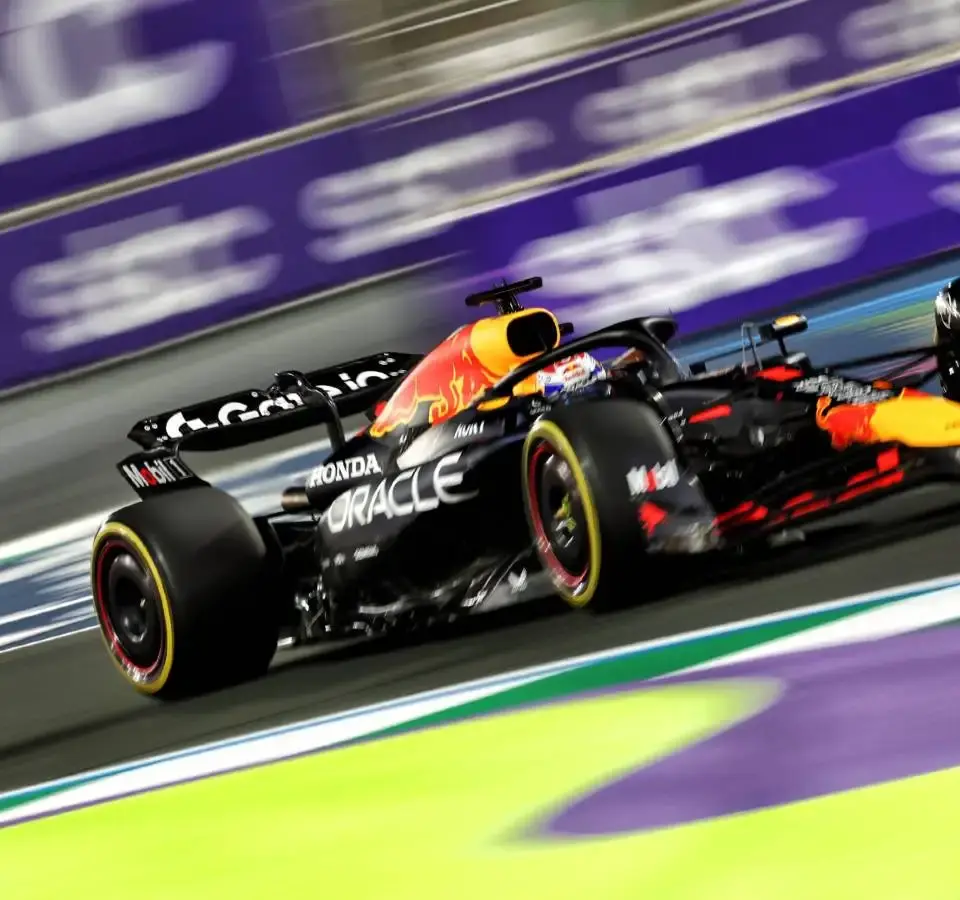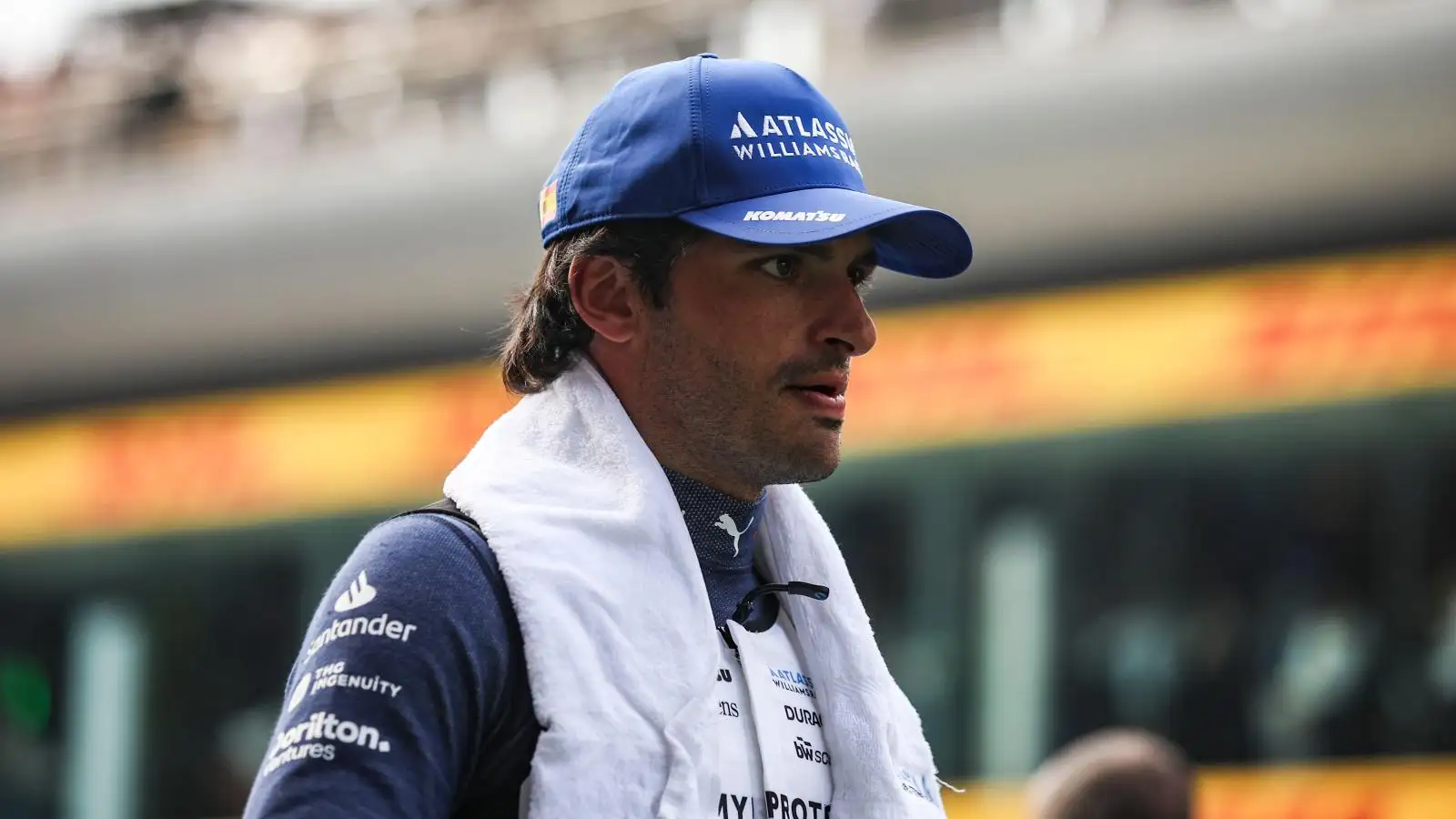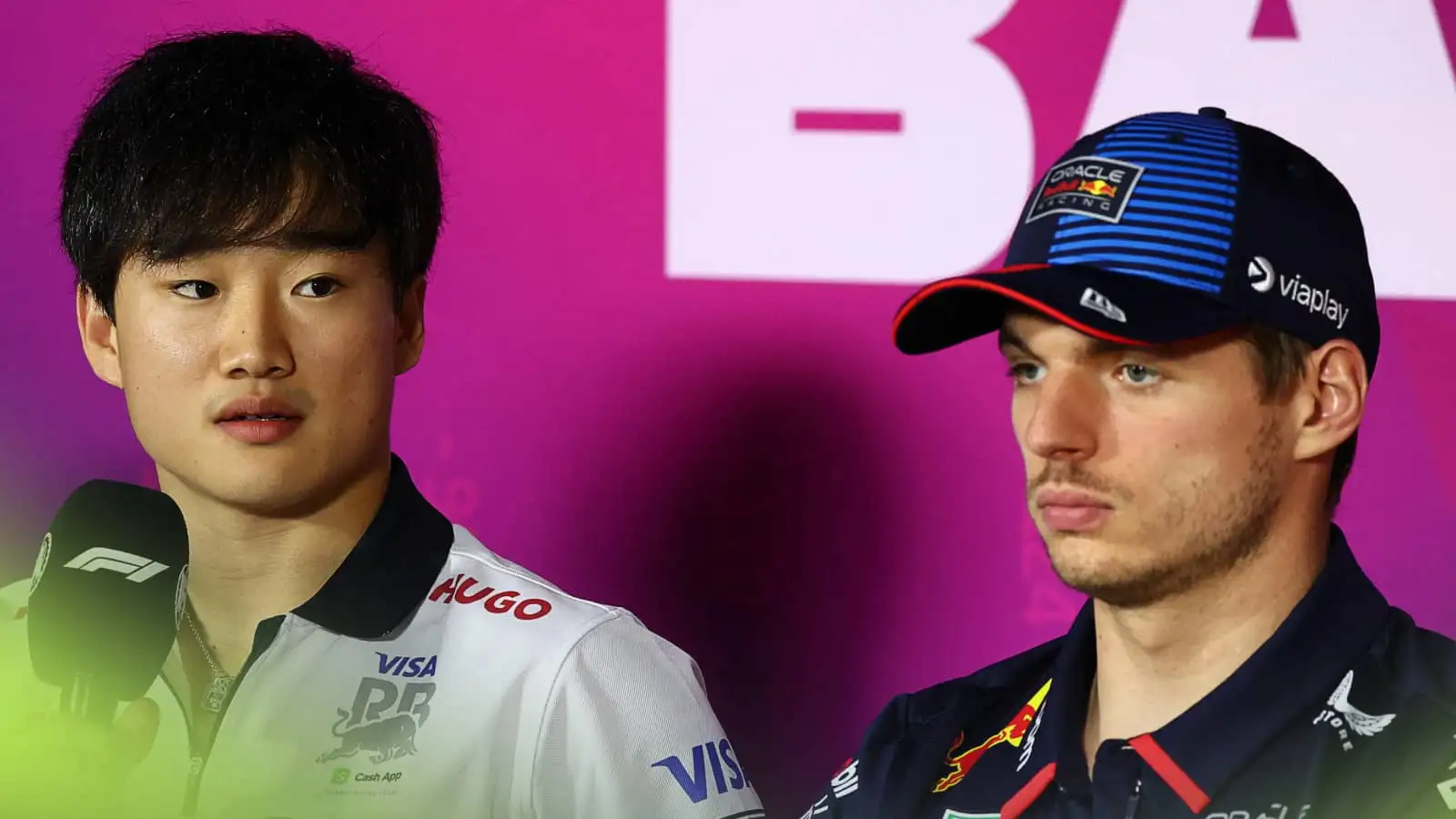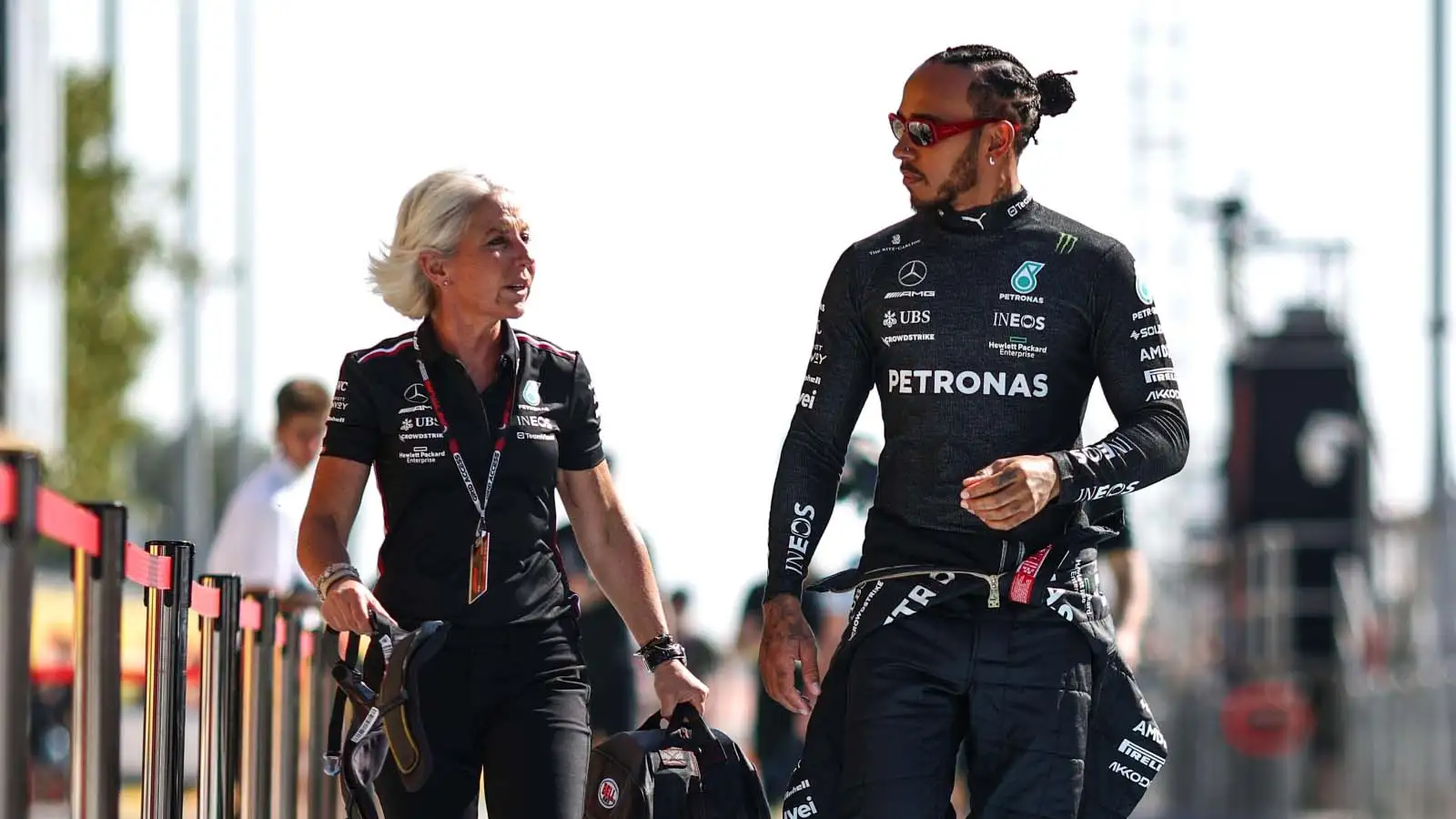Red Bull Racing is making waves with significant updates to their RB21 car in Saudi Arabia, catching the attention of competitors and fans alike.
- Max Verstappen managed a strong third-place finish during the Friday practice sessions, with only a fractional gap separating him from McLaren’s Lando Norris.
- The RB21 underwent major revisions, including changes to the underside and beam wing, significantly enhancing its performance.
- Helmut Marko praised the team’s progress, although acknowledging the need to address tire wear for long race stretches.
- The team’s innovative approach abandoned some traditional data reliance, opting for on-track testing to fine-tune the car.
Red Bull Racing is turning heads with the latest transformations made to their RB21 at the Saudi Arabian Grand Prix. Known for pushing the boundaries, the team has introduced some groundbreaking updates that have visibly improved the car’s performance.
Max Verstappen showcased the potential of these enhancements by securing third place during the Friday practice. He was just 0.280 seconds behind McLaren’s Lando Norris, highlighting how close Red Bull is to overcoming their fiercest rivals.
The alterations to the RB21 are not minor tweaks. Helmut Marko described these changes as ‘massive’ and emphasized the revised structure of the car, which includes an updated central exit on the engine coke cover and a reduced chord camber on the beam wing. However, the most substantial development seems to be the unseen overhaul of the car’s underside.
These improvements stem from pre-season planning and insights gained from previous races, notably the challenges faced in Bahrain. Though the single-lap pace has notably improved, Helmut Marko admitted that more consistency is needed in managing tire wear for longer runs, a crucial aspect of race performance.
Marko expressed optimism and noted that no alterations were required between the two practice sessions, a testament to the solid groundwork laid. He also acknowledged that the circuit in Jeddah complements their car’s strengths better than Bahrain did, which has contributed to their improved showing.
A shift in strategy has played a significant role in this turnaround. Red Bull decided to focus less on simulation data and more on real-world testing, aiming to address persistent misalignments between their simulations and track outcomes. This hands-on approach has yielded promising results, allowing for more precise refinements.
The team is carefully rolling out their planned updates, with expectations of further refinements at upcoming races in Imola and Miami. Marko highlighted the patience involved in this process, indicating that each race is an opportunity to build on the progress that has already been made.
The dynamic changes in Red Bull’s approach signify a reinvigorated strategy, concentrating on real-world data rather than simulations alone. This experiential method is designed to deliver noticeable advancements in their competitive performance.
Red Bull’s strategic modifications to the RB21 have set a promising stage for the season, with further updates expected to push performance even higher.










